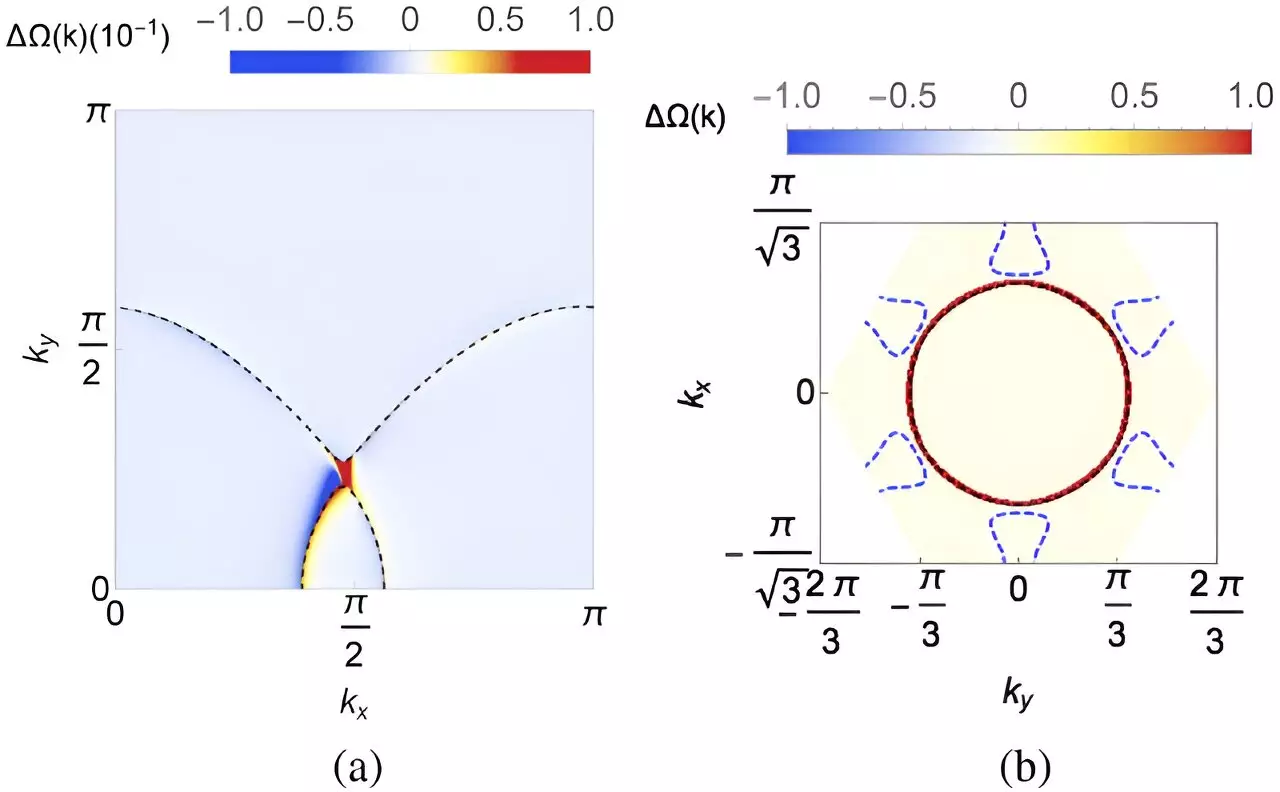A recent groundbreaking study spearheaded by Qimiao Si from Rice University has introduced an innovative classification within the realm of quantum materials, termed quantum critical metals. Published in the prestigious journal *Physical Review Letters* on September 6, this research delves into the complex interactions between electrons, particularly focusing on Kondo coupling and chiral spin liquids. Si, who holds the title of the Harry C. and Olga K. Wiess Professor of Physics and Astronomy, as well as the director of Rice’s Extreme Quantum Materials Alliance, expressed optimism about the potential implications of their findings. “The insights gained from this discovery could lead to the development of electronic devices with extreme sensitivity, driven by the unique properties of quantum-critical systems,” he stated.
At the foundation of this landmark discovery lies the principle of quantum phase transitions. These transitions mirror the way water can exist as solid ice, liquid, or vapor but occur in a quantum mechanical framework. Electrons in various states of quantum materials are capable of shifting between distinct phases as their environmental conditions evolve. This process is accentuated by quantum mechanics, which introduces phenomena such as quantum fluctuations and electronic topology.
Even at absolute zero temperature, where thermal motion ceases, quantum fluctuations persist, influencing the arrangement of electrons. These fluctuations can instigate quantum phase transitions, resulting in properties defined as quantum criticality—characteristics that are not merely instructive but transformative in technological contexts. Further complexity is added through the concept of electronic topology, which can yield unconventional and potentially beneficial behaviors when applied to electronic states.
The research was a collaborative effort with Silke Paschen, a professor of physics at the Vienna University of Technology, and her research team, highlighting the importance of interdisciplinary partnerships in unraveling the mysteries of quantum materials. Together, they formulated a theoretical model aimed at elucidating the intricate quantum effects underlying these materials. In their investigations, Si and Paschen examined two categories of electrons: one set traversing slowly and another zipping through swiftly.
Imagining the slow-moving electrons as vehicles ensnared in traffic, one can conceptualize a unique phenomenon. Though seemingly stationary, these electrons’ spins can orient in any direction. “Ordinarily, these spins would form an orderly pattern, but the lattice structure in our model hampers such organization, resulting in geometrical frustration,” Si remarked. The resulting configuration takes shape as a chiral quantum spin liquid, a state where the flow of spin exhibits a temporal directionality.
The coupling of this chiral spin liquid with fast-moving electrons introduces a noteworthy topological effect, leading the research team to uncover a Kondo phase—characterized by the spin alignment of slower electrons with their faster counterparts. This relationship showcases the intricate balance between electronic topology and quantum phase transitions. As electrons navigate these various transitions, significant changes manifest in their conductivity, fundamentally altering their electrical characteristics.
One of the critical revelations from this study pertains to the Hall effect, which describes how a current is influenced by an external magnetic field. Paschen highlighted, “The Hall effect contains a component enabled by the electronic topology. We showcase that this effect experiences a sudden jump across the quantum critical point.” This understanding enhances our comprehension of how quantum materials function and lays the groundwork for future innovations in technology.
The implications of these findings are far-reaching, particularly in the realm of advanced electronic devices. With the Hall effect exhibiting sensitive reactions to quantum phase transitions, researchers speculate that such properties could pave the way for the next generation of sensors with exceptional precision—potentially transforming fields ranging from medical diagnostics to environmental monitoring. Furthermore, the research team, which included Wenxin Ding from Anhui University and Rice alumna Sarah Grefe, emphasized that these foundational studies could lead to profound technological advancements.
The exploration conducted by Qimiao Si and his colleagues not only deepens our understanding of quantum materials but also sparks a dialogue about their practical applications. The unique properties of quantum criticality suggest an exciting future where electronic devices are not just incremental improvements but revolutionary innovations. This research represents a significant stride toward harnessing the potential of quantum mechanics for real-world applications, reaffirming the need for ongoing investigation in this captivating field.


Leave a Reply